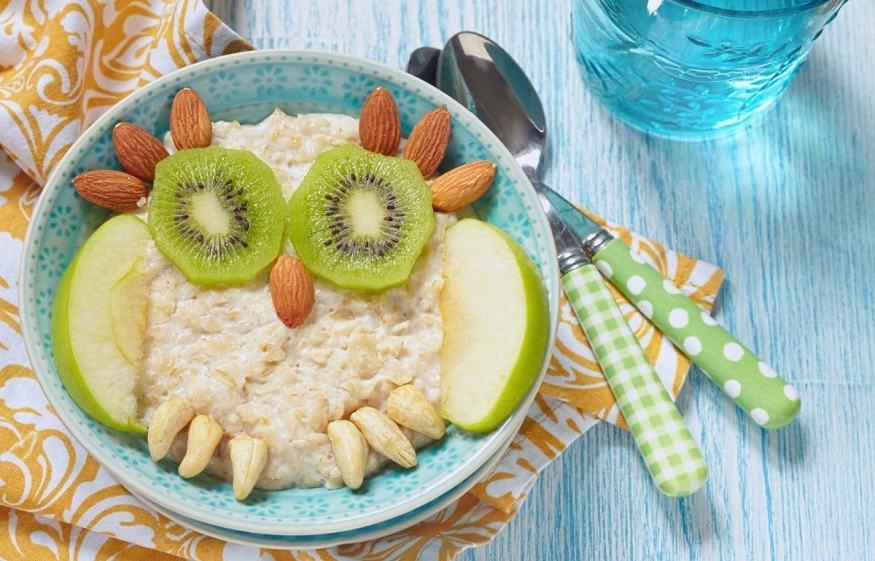
Beware of food advertisements !
Advertisements, most often intended to promote products that are too fatty, too salty and too sweet (fast food, sweets, cereals, spreads, etc.), have a great influence on your child’s food choices. Thus, studies show that the attraction exerted by these advertisements results in a 45 % increase in snacking in the minutes following the commercial. These harmful eating behaviors persist into adulthood.
Beware of ultra-processed products
These products, which appeal to children and adolescents, are fatty, salty and sweet. They also contain many additives (colorants, emulsifiers, preservatives, flavor enhancers, aromas, etc.). Prefer products with the least additives because we do not know the impact on health.
Where possible, shop with your child and teach them to read nutrition information on labels.
This will allow you to compare the calorie, fat, sugar and sodium (salt) content of various brands or varieties of food. Nutrition labeling provides information on the energy value and the nutrients contained in a product. When the nutritional composition is detailed, it is interesting to look at the sugar and fat levels for 100 g or 100 ml of product. Do not hesitate to compare the products between them before making your choice.
Pleasurable meals
Mealtimes are important moments that allow the child to interact with his family and gradually take on new habits so as not to gain weight.
Feelings of hunger and satiety (when you are no longer hungry) are signals from the body that guide how much food each person needs.
In overweight children , these signals may no longer work properly. It is therefore useful to have some guidelines on the right proportions to consume, knowing that the portions of food and in particular of meat or cereals vary according to the age of the child.
Know when to stop before you have eaten too much !
Infographic representing the different levels of satiety of a child diet after eating: he is hungry if he has not eaten enough; he is satiated if he has eaten enough; and he is full if he has eaten too much
It is important that your child eats breakfast in the morning as it provides him with the energy he needs for the morning.
A balanced breakfast consists of a cereal product, a dairy product and a fruit (or half a glass of fruit juice without added sugar).
Diet of the overweight teenager
In adolescence, the basis of the diet remains almost the same as that of the child. No need to eat like four to grow. The height of the child is largely determined by that of the parents.
During puberty , growth accelerates and often allows the silhouette to refine. A quality diet, varied, in suitable quantities, associated with regular physical activity , are enough to stabilize your teenager’s weight.
Be careful, teenagers often have their first experiences with alcohol consumption . It is often an episodic consumption, but then significant : beer in large quantities, strong alcohols mixed with sugary drinks or premix… It is important to learn to limit your alcohol consumption, which is harmful to your health. and very high in calories!
Eating disorders ( anorexia , bulimia ) can also appear during this period. If you are faced with these problems and to prevent them from becoming permanent, talk to your doctor.
